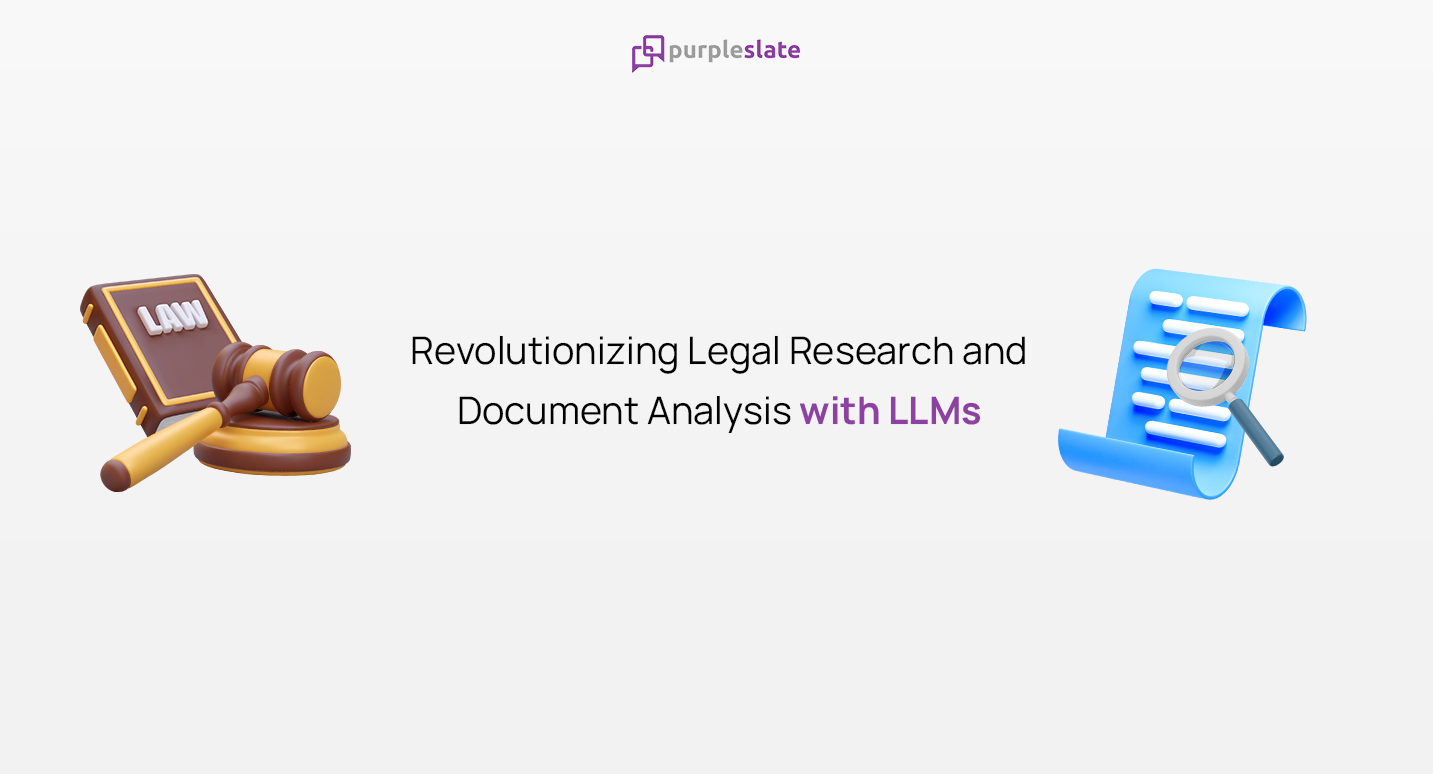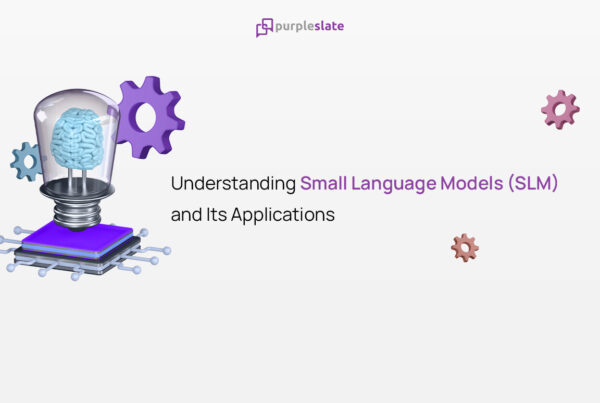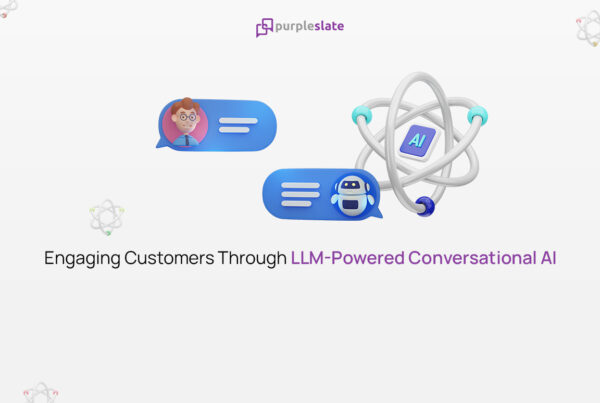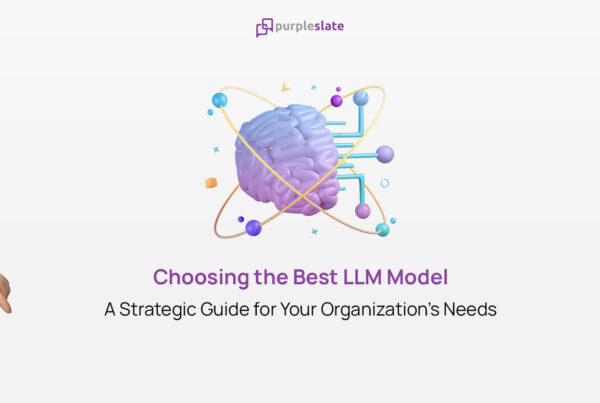
Introduction
In the dynamic realm of the legal industry, a seismic shift is underway, propelled by the emergence of Large Language Models (LLMs). These cutting-edge AI marvels aren’t just altering the landscape; they’re rewriting the entire playbook of legal research and analysis. Join us on a captivating journey as we delve into the revolutionary potential of LLMs, unraveling how they revolutionize traditional legal practices. Discover how these powerful tools streamline workflows, boost efficiency, and open unprecedented avenues in the noble pursuit of justice. Buckle up for a thrilling exploration into the future of law!
Understanding LLMs: Unraveling the Technology
Breaking Down LLMs
LLMs represent a quantum leap in the realm of legal technology, offering unparalleled capabilities in understanding and interpreting complex legal language. By ingesting massive volumes of legal texts ranging from statutes and case law to contracts and regulations, these models acquire a profound understanding of legal concepts, nuances, and precedents. Through their advanced NLP architectures, LLMs excel at deciphering intricate legal jargon, extracting key insights, and even generating contextually relevant legal documents with remarkable accuracy.
Moreover, LLMs are not static entities but continuously evolving systems, continuously fine-tuning their understanding and adapting to the ever-changing legal landscape. They leverage cutting-edge techniques such as transfer learning and self-supervised learning to enhance their performance and adaptability across diverse legal contexts.
One of the most remarkable aspects of Large Language Models is their ability to augment the capabilities of legal professionals, acting as invaluable assistants in legal research, document analysis, and even predictive analytics. By swiftly analyzing vast troves of legal documents, LLMs can identify relevant case law, highlight pertinent precedents, and offer insights into potential legal strategies.
Furthermore, LLMs hold the promise of democratizing access to legal knowledge and expertise, breaking down barriers to entry and empowering individuals and organizations with limited resources to navigate the complexities of the legal system more effectively. Whether it’s assisting pro se litigants in drafting legal pleadings or enabling small law firms to compete with larger counterparts on a more level playing field, LLMs have the potential to level the legal playing field and foster greater equity and access to justice.
In essence, LLMs represent a groundbreaking fusion of artificial intelligence and legal expertise, heralding a new era of innovation and transformation in the legal profession. As these powerful tools continue to evolve and mature, their impact on legal practice and jurisprudence is poised to be nothing short of revolutionary.
Key Components of LLMs
Training Data: LLMs are trained on extensive legal corpora, including case law, statutes, regulations, and legal documents, to develop a deep understanding of legal language and concepts.
Architecture: LLMs utilize transformer-based architectures, such as BERT (Bidirectional Encoder Representations from Transformers) or GPT (Generative Pre-trained Transformer), adapted and fine-tuned for legal text analysis.
Fine-Tuning: LLMs undergo fine-tuning on legal-specific tasks, enhancing their ability to perform tasks like legal document summarization, contract analysis, case law prediction, and more.
Applications of LLMs in Legal Research and Document Analysis
Legal Document Summarization
LLMs can automatically summarize lengthy legal documents, including contracts, briefs, and case opinions, providing concise and digestible summaries to legal professionals. This streamlines the process of information extraction and facilitates quicker decision-making.
Contract Analysis and Due Diligence
With their ability to comprehend complex legal language and identify key clauses and provisions, LLMs are invaluable tools for contract analysis and due diligence processes. They can assist in contract review, risk assessment, and compliance analysis, saving significant time and resources for law firms and corporate legal departments.
Legal Research Assistance
LLMs augment traditional legal research by rapidly sifting through vast volumes of legal texts to extract relevant cases, statutes, and precedents. They can assist lawyers in building stronger legal arguments, conducting case law analysis, and identifying relevant legal authorities more efficiently.
Predictive Analytics and Case Outcome Prediction
By analyzing historical case data and patterns, Large Language Models can offer predictive insights into potential case outcomes. This enables lawyers to assess the strengths and weaknesses of their arguments, make informed litigation strategies, and provide clients with more accurate assessments of their legal positions.
Benefits of Leveraging LLMs in Legal Practice
Enhanced Efficiency and Productivity
Large Language Models automate time-consuming tasks such as document review, legal research, and summarization, allowing legal professionals to focus their time and expertise on higher-value activities. This leads to increased efficiency, faster decision-making, and improved overall productivity within legal teams.
Improved Accuracy and Consistency
The advanced NLP capabilities of LLMs ensure greater accuracy and consistency in legal document analysis and interpretation. By minimizing human errors and biases, LLMs help maintain the integrity and quality of legal work, reducing the risk of costly mistakes and legal disputes.
Cost Savings
By streamlining workflows and reducing the need for manual labor in legal research and analysis, LLMs contribute to significant cost savings for law firms and corporate legal departments. This makes legal services more accessible and affordable for clients, ultimately enhancing access to justice.
Scalability and Adaptability
LLMs are highly scalable and adaptable, capable of handling diverse legal tasks across different practice areas and jurisdictions. Whether it’s contract review, case analysis, or compliance monitoring, LLMs can be customized and deployed to meet the specific needs of legal professionals and organizations.
Challenges and Considerations
Data Privacy and Security
The use of LLMs raises concerns around data privacy and security, particularly when dealing with sensitive legal information. Legal professionals must ensure compliance with relevant data protection regulations and implement robust security measures to safeguard confidential client data.
Ethical and Bias Considerations
LLMs are susceptible to biases present in the training data, which may perpetuate existing inequalities or inaccuracies in legal decision-making. Legal practitioners need to critically evaluate the outputs of LLMs, mitigate biases, and ensure ethical use to uphold fairness and justice in the legal system.
Integration with Existing Workflows
Successfully integrating LLMs into existing legal workflows requires overcoming technical and organizational challenges. Legal professionals may require training and support to effectively utilize LLMs, and firms need to invest in infrastructure and systems that facilitate seamless integration and collaboration.
The Future of LLMs in the Legal Industry
As LLM technology continues to advance and evolve, its impact on the legal industry is expected to grow exponentially. From improving access to justice and enhancing legal services delivery to driving innovation and efficiency, LLMs hold immense potential to transform every facet of legal practice.
In conclusion, the integration of Large Language Models (LLMs) represents a paradigm shift in legal research and document analysis, offering unprecedented opportunities for legal professionals to work smarter, faster, and more effectively. By harnessing the power of AI and NLP, LLMs are reshaping the future of law, paving the way for a more efficient, equitable, and accessible legal system.




